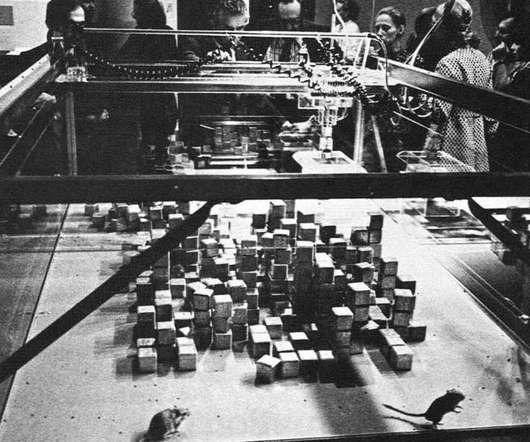Dot Dot Dot Is the Most Influential Design Magazine You’ve Never Heard Of
Eye on Design
MAY 26, 2021
asked the cover of the first issue of Dot Dot Dot , published in April 2000. And so begins this new magazine founded by graphic designers Peter Bil’ak, Stuart Bertollotti-Bailey, and Jürgen X. Certainly, if you were a particular type of designer in the early 2000s, Dot Dot Dot was the most exciting publication you could find.














Let's personalize your content